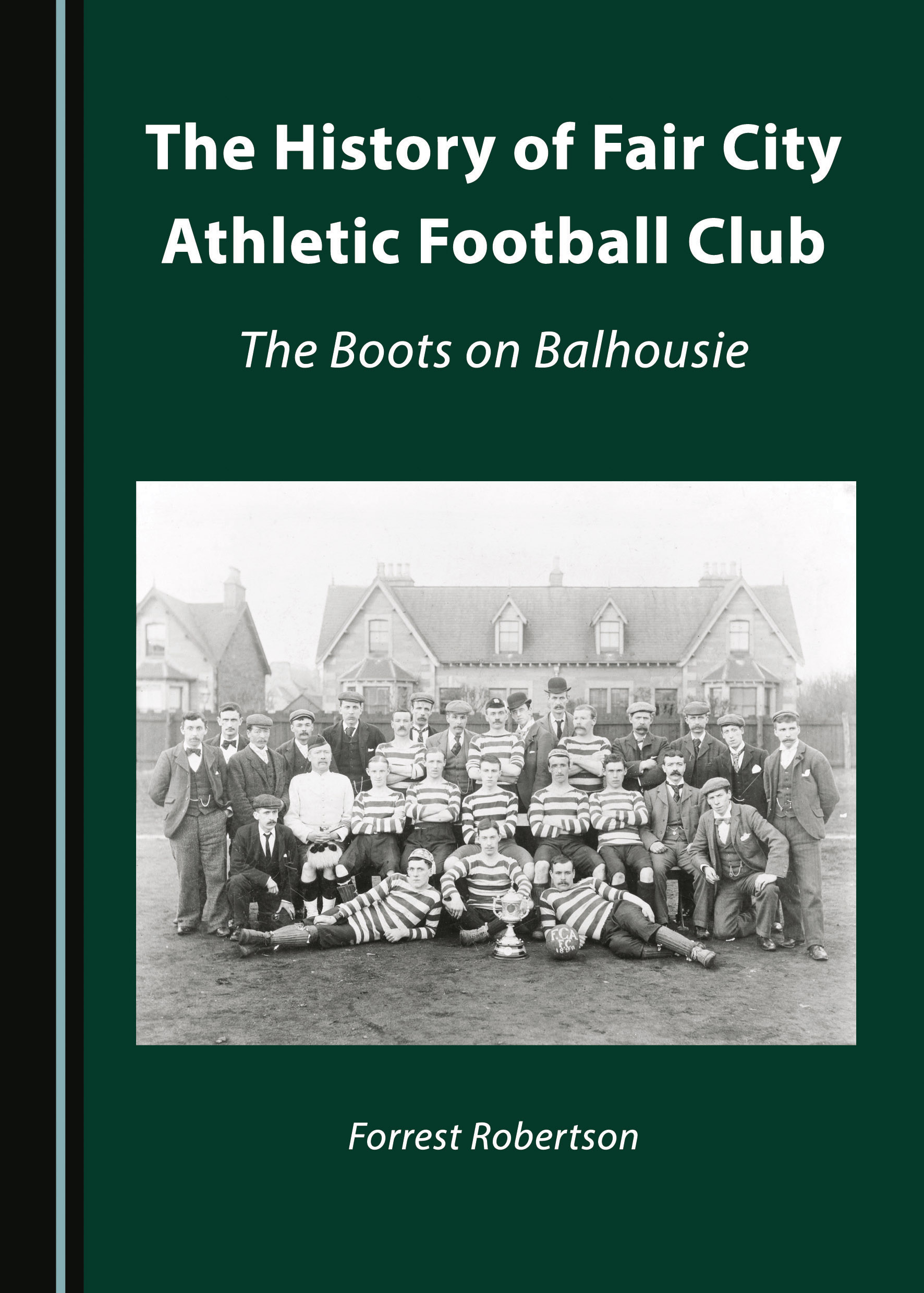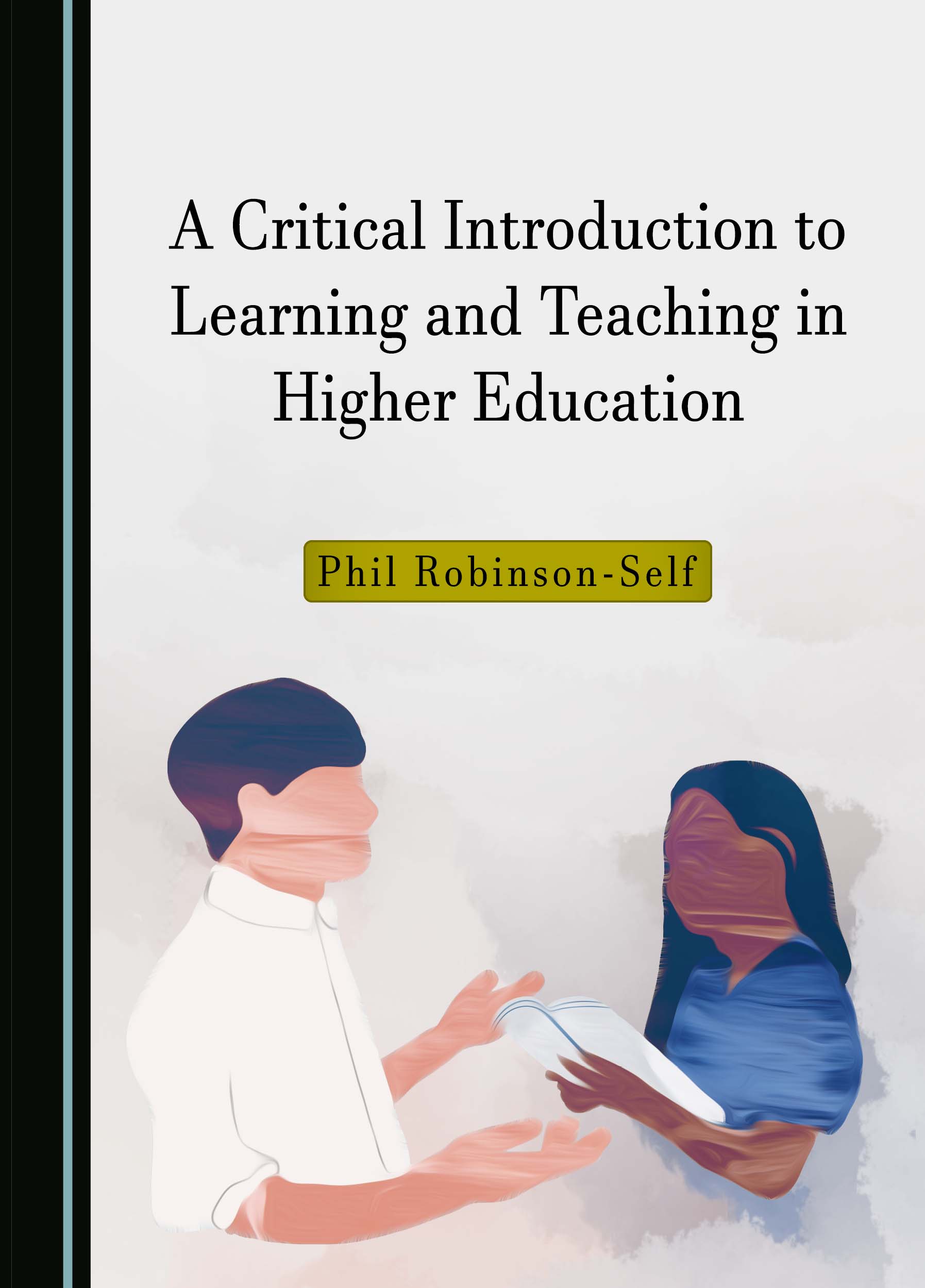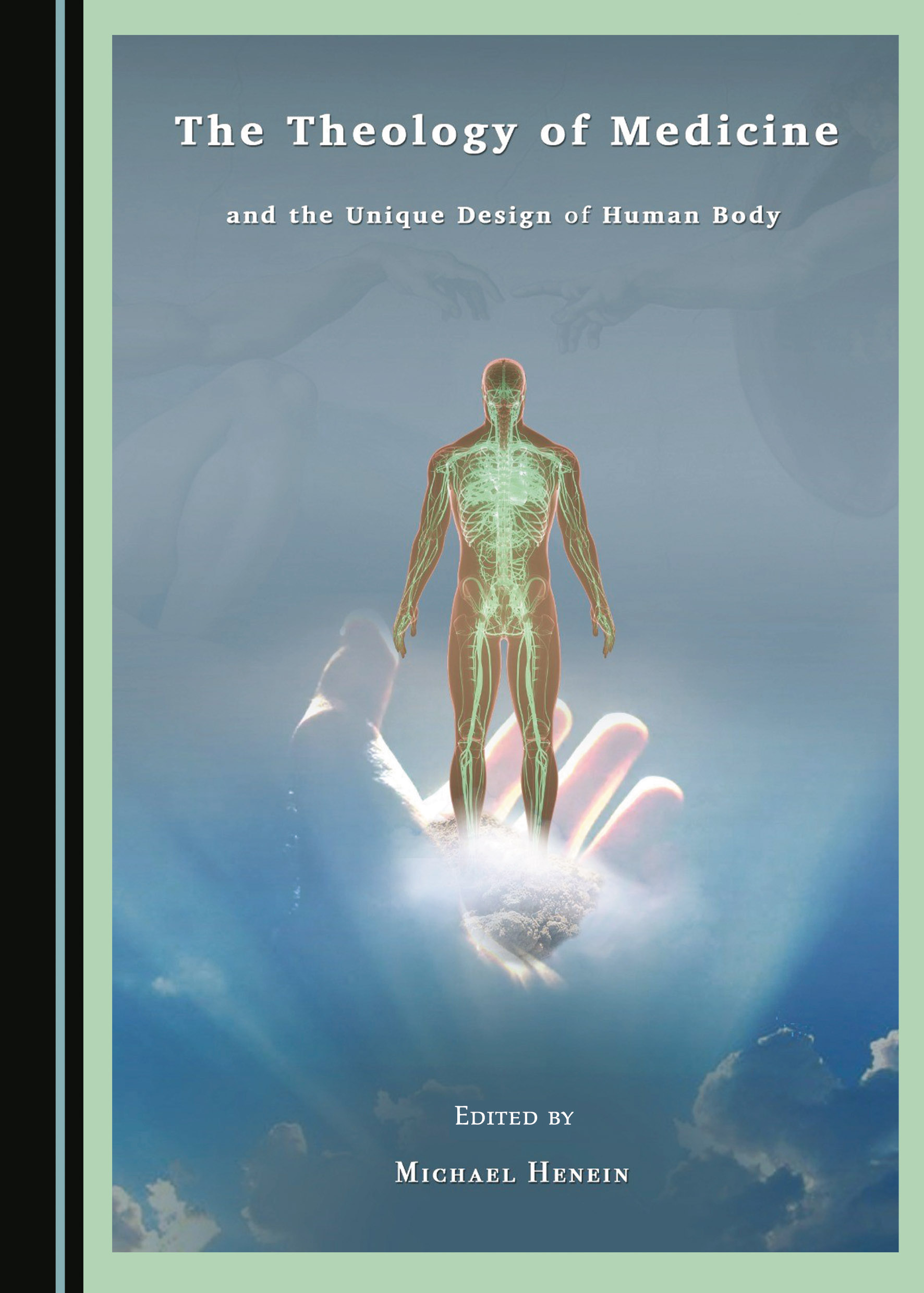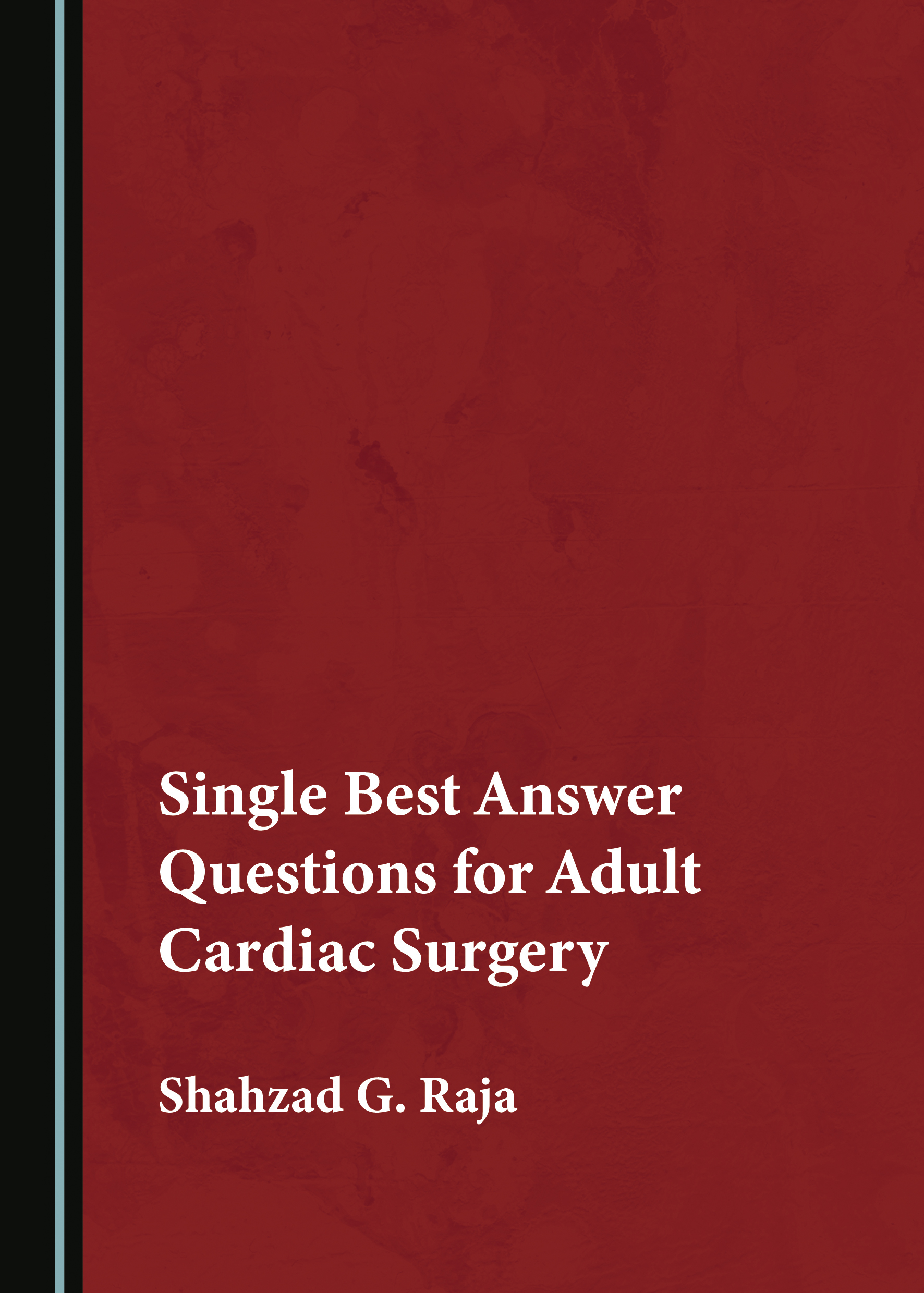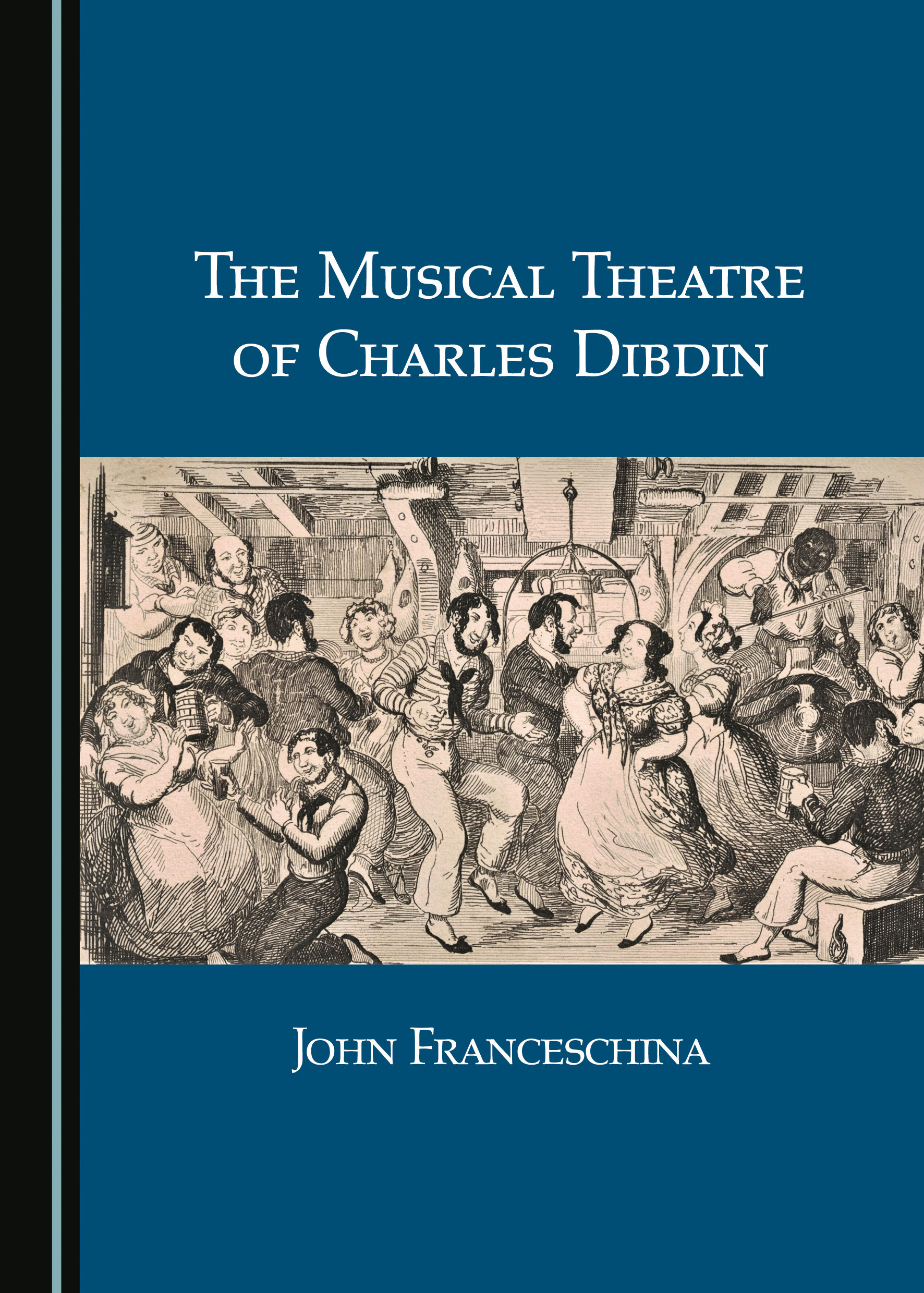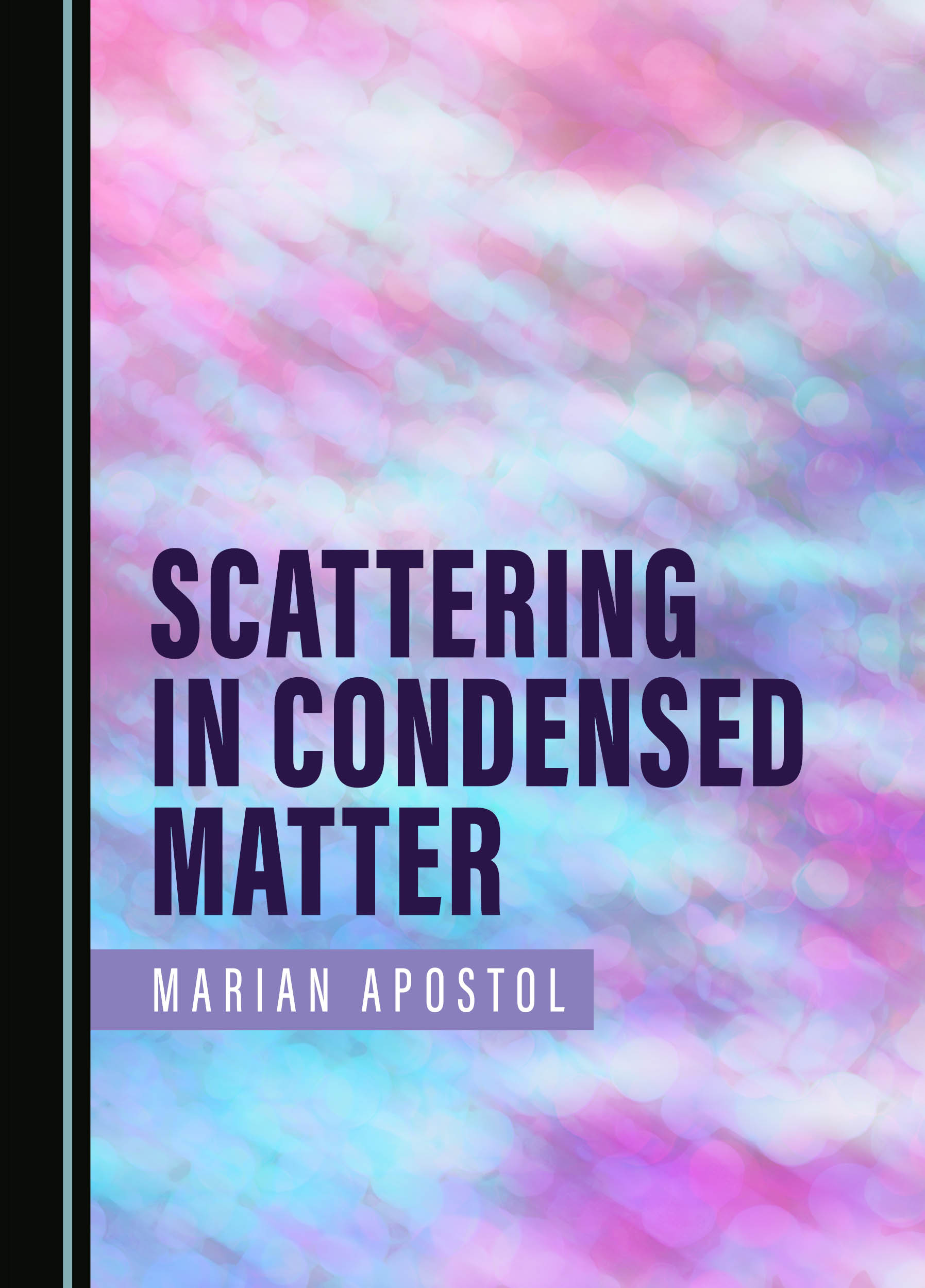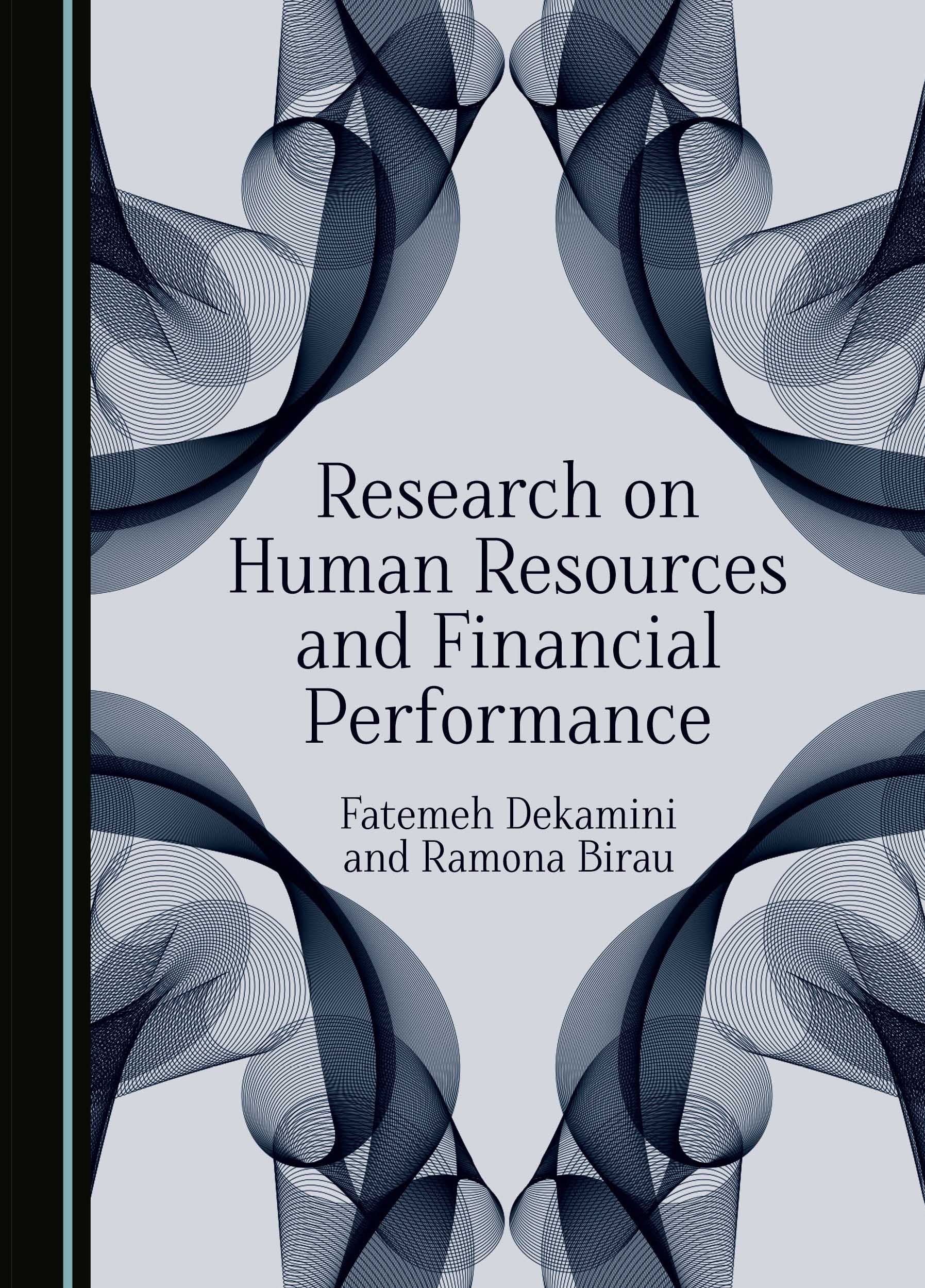Collecting and the Princely Apartment
Collecting is an obsession that goes back to the mists of history. While spare time and spare cash seem an absolute necessity for this kind of activity, every collector has his or her own approach to the formation of a collection. The way in which one’s treasures are displayed is another important instance in which one collector differs from another. Glass cases, niches, trays, cupboards, or drawers have been adopted; sometimes cards offer information on the subject, its age and provenance; an overall theme may have prompted the choice of the actual objects displayed together; security reasons suggest one room over another.
While some collectors keep their treasures as close as possible—in their bedroom, throughout their living quarters, or in a locked up closet nearby—others may find that they want to be able to show off their collection without being disturbed by visitors in the rooms in which they actually spend most of their time. Certainly, our notions of private and public have changed considerably over the centuries and this has had an impact on questions of display and on the separation of particular parts of the house from other less accessible ones, in particular in great houses that allow for the establishment of a museum. The museum, in such cases, is quite separate from the living quarters, for example situated on the ground floor off the main hall.
Not all displays were so defined; there were many forms of exhibition just as there were many forms of collections. The aims and ambitions of the collector are often discussed in terms of the display of their collections; in part because we believe that analysing how a collection was shown and how it was received are key contributors to our understanding the role and purpose of the collection. In lieu of any other documentation, inventories, sales catalogues and wills remain essential tools for the historian of collecting, both in terms of what was owned and where it was housed.
This volume, the second in a series of four, presents ten articles that explore the connection between collections and their display in, near, or separate from the princely apartment within a time frame that runs from the sixteenth century to the early nineteenth and within a geographical area that includes courts on the Italian peninsula, in England, France, The Netherlands and Germany.
This book is part of a series. View the full series, "Collecting Histories", here.
Collecting & Display (100 BC to AD 1700) is the name of a working group founded by the three editors of this volume in 2004. The group has been running a research seminar at the Institute of Historical Research at the University of London since 2005 and has organised summer conferences since 2006. The key dates for contributions are from the late Roman Republic to the Enlightenment but topics dealing with earlier and later collections are always welcome. For more information, please visit www.collectinganddisplay.com.
There are currently no reviews for this title. Please do revisit this page again to see if some have been added.
Buy This Book








